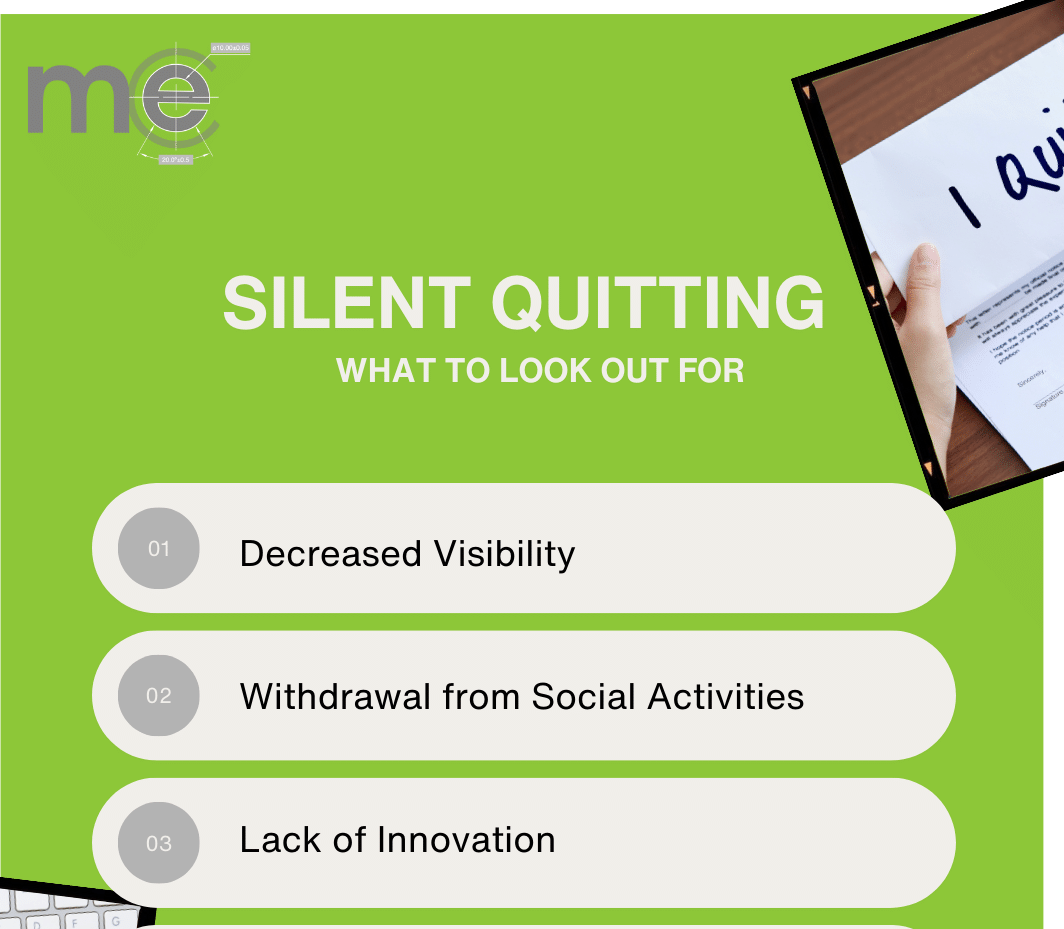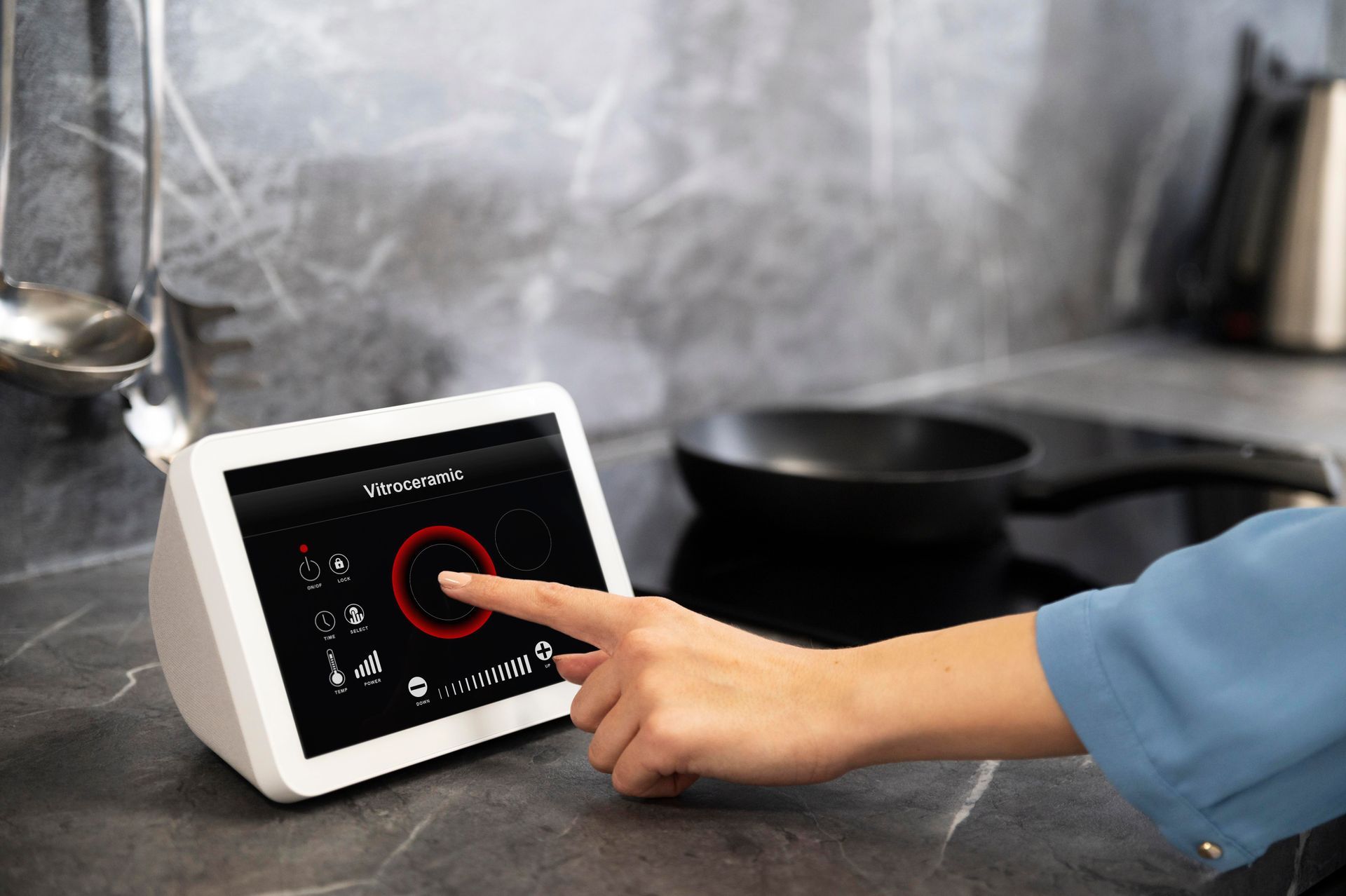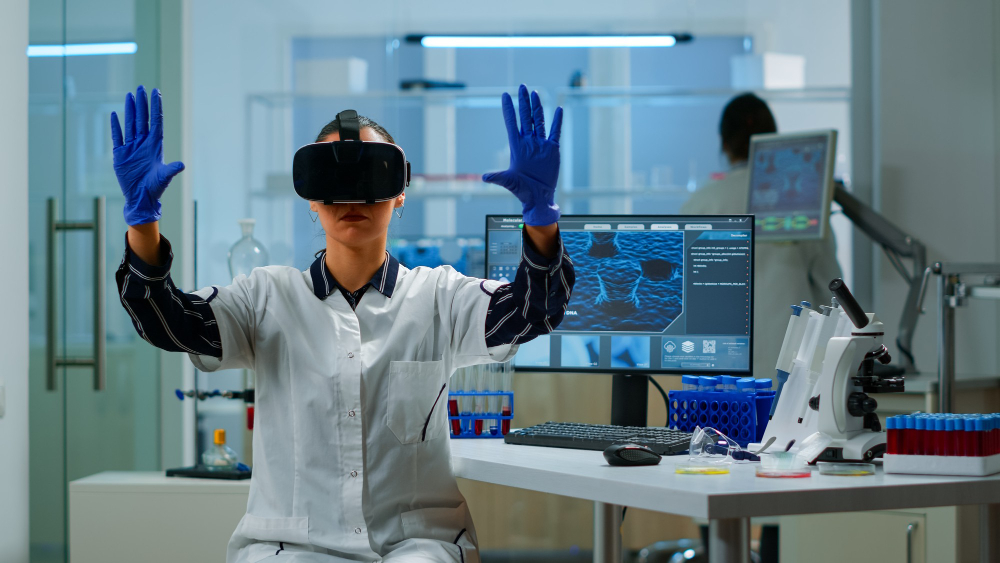Tips to create biomedical engineers resume
The process of enhancing and modernising health care involves biomedical engineering, which has applications across a wide range of businesses. No matter where you want to use your knowledge of biomedical engineering, a well-written CV can help you get the job you want. You can get a notion of how to make your own resume by knowing what it needs and what it might look like. In this article, we'll go through how to build a biomedical engineer resume, what to include on it, and provide a template and example to use as examples.
Top tips for writing a biomedical engineer resume:
A rewarding professional path, biomedical engineering calls for tenacity and unshakable enthusiasm to achieve.
Employing managers seek applicants who possess both the technical and soft abilities necessary to accomplish a successful job.
Your CV for biomedical engineering should demonstrate your:
- Ability for effective teamwork.
- A passion and enthusiasm for the sector.
- Technical expertise, qualifications, and background knowledge.
What to include in your biomedical engineer resume?
Below mentioned are some features that should be included in your biomedical engineer resume:
Contact information:
To make it easier for companies to reach you for an interview, put your contact information at the top of your resume. Add your full name, first and surname, current postal and email addresses, and phone number. Employers frequently call or email you, so keep an eye out for any incoming communications.
Objective statement:
Briefly describe yourself and what you aim to accomplish with your knowledge of and experience in biomedical engineering in your objective statement, which should be placed beneath your contact information. Typically, an objective statement is one to three sentences long. When you want to emphasise a lot of relevant experience or talents, you might employ longer objective statements. When writing your statement, keep the following skills and terms associated with biomedical engineering in mind:
- Electronic theory
- Technical support
- Biomedical equipment
- Hospital equipment
- Mechanical design
Skills:
Be sure your skill set is applicable to engineering or the medical sciences before making a bulleted list of your qualifications. You can find some abilities you can add to your list by reading the job description. Instead of include them in your talents list, you may mention the skills that are most crucial to the position in your objective statement.
Work experience:
In reverse chronological order, beginning with your most recent position, list your previous employment. Add your employment history and a list of your main duties. To write about your former job experience in a way that most closely corresponds to the current role, consider the responsibilities of the position you are applying for. Consider starting your descriptions of your work duties with action verbs like Monitor, Analyse, Investigate, Optimize, and Implement.
Education:
Your education comprises any degrees you've obtained as well as the locations and duration of your studies. You may add your honour roll status or excellent grade point average to the list of qualifications next to your degrees. You can also include a graduation date if your degree is still being earned. Resumes for biomedical engineers with various degrees should begin with the most recent one.
Relevant information:
If necessary, you can include additional sections for professional projects, certifications, awards and honours, languages, or other pertinent engineering or medical scientific information. These are optional additions to your resume, but you might wish to highlight them if they're pertinent to the job. For instance, if the job description mentions working in research labs with international teams, mentioning other languages you are fluent in can be helpful.
How To Write a Biomedical Engineer Resume?
Below mentioned are the steps you can use to write a biomedical engineer resume:
- Format your resume
To assist you create how you want the resume to look, think about starting with an outline. The resume's format matters for readability reasons. An organised, well-formatted resume is more likely to be read by potential employers. While some resumes may include a photo, it is not advisable to include one on a biomedical engineering CV. When appropriate, you may use infographics to highlight any abilities, figures, or statistics related to your accomplishments.
- Review the job description
You may learn what qualifications the employer seeks in a biomedical engineer by reading the job description both before and while you are creating your resume. Pay attention to the responsibilities and obligations of the position as well as any terminology that are frequently used. To have a better knowledge of the traits the firm appreciates in its employees, you may also obtain information on the mission statement or core values of the organisation.
- Write your information
You can create your resume in a way that most closely aligns with what the employer needs using the information you've gained from reading the job description and analysing other corporate information. Keep the information on your CV pertinent to biomedical engineering while highlighting your greatest skills. Make sure all of the information you provide is brief and clear.
- Proofread your resume
When you're done, read your resume aloud a few times before submitting it. Make any necessary corrections after thoroughly evaluating the information to make sure it is accurate and readable. Have a friend to read it; they might be able to propose changes or catch errors you might have overlooked.
What Are The Essential Skills That Every Biomedical Engineer Should Have In The Resume?
Let's find out what abilities a biomedical engineer genuinely requires to succeed at work.
Hard skills:
- Electrosurgery devices
- Anesthesia machines
- Telemetry systems
- Bio-medical signal processors
- ISO 9001 Standards
- MATLAB
- Tissue engineering
- Biomaterials
- Neural engineering
- Biomechanics
- Telehealth
- Biosignal processing
- Medical imaging
- Computational modelling
- Bioinstrumentation
- Clinical engineering
- Orthopedic bioengineering
- Rehabilitation engineering
- Systems physiology
- Visual Sonics 2D Echocardiographic Strain Imaging Software
- CAD
- Safe Medical Device Act (SMDA)
- Good Manufacturing Practice (GMP)
- LabVIEW
- Patient Monitoring Systems and Devices
Soft skills:
- Presentation skills
- Compliance with regulations & standards
- Communication skills (written & spoken)
- Writing technical documentation
- Team collaboration
- Client liaison
- Budget management
- Mathematical and analytical skills
- Time management
- Research
- Problem solving & troubleshooting
When To Use A Professional Objective?
A professional objective is a succinct statement that outlines your career objectives and the job or sector you are aiming for. It usually appears at the start of a resume or cover letter. Following are some scenarios in which employing a professional purpose in a sentence might be appropriate:
Job seekers at the entry level: A professional aim can assist you in communicating your career goals and demonstrating to employers that you have a clear direction whether you are just starting out in your career or switching to a new industry.
Changing career paths: A professional aim can help you explain why you are looking for a new position and how your abilities and experiences relate to the position you are applying for if you are changing career paths.
Job ads that specifically ask for it: Some job postings ask candidates to mention a professional objective in their application materials. Under such circumstances, it is crucial to adhere to the employer's directions.
Resume summary: Professional objectives may occasionally be included in the resume summary section, which gives an overview of your qualifications, work history, and career objectives.
In general, it's crucial to customize your application materials to the particular position and business you're applying to. Examine how your talents and experiences match the needs of the position.
According to experts, the most important biomedical engineer skills are as follows:
- Patients
- Medical Devices
- Biomedical Equipment
- Patient Care
- FDA
- Electrical Safety
- Solidworks
- Ultrasound
- Project Management
- C++
Biomedical Engineering Resume Templates and Samples:
- Your first and last name
- Current mailing address
- Your email address
- Your phone number
Objective:
One to three sentences expressing your professional aspirations for work in an objective statement
Skills:
- Hard Skill
- Soft Skill
Work experience:
- Job title, Employment dates
- Name of the Business, City, State
- Job duties that start with an action verb
Education:
- Name of the school
- Name of the degree earned
- The month and year of graduation
Certifications:
- Name of the programme
- Achieved certification
- Year of certification
Awards and honors:
- Relevant awards and honours along with awarded year
Languages:
- Proficiency level and name of the language
FAQ'S:
-
Who employs a biomedical engineer?
Hospitals, research institutions, medical device manufacturers, and government agencies employ biomedical engineers.
-
Are biomedical engineers different from other engineers?
Yes, biomedical engineers specialize in applying engineering principles and design concepts to medicine and biology.
-
How do biomedical engineers succeed?
Biomedical engineers succeed by staying current with advancements in technology and medical research, and by applying critical thinking and problem-solving skills to develop innovative solutions.
-
Is Biomedical Engineering A Good Career?
Yes, biomedical engineering is a good career with a positive job outlook, competitive salaries, and opportunities for growth and innovation.
-
How Many Years Does It Take To Become A Biomedical Engineer?
It typically takes four years to earn a bachelor's degree in biomedical engineering, but higher-level positions may require additional education or experience.
-
What is the best objective for a Biomedical Engineer resume?
The best objective for a Biomedical Engineer resume is to showcase your skills and experience in applying engineering principles to develop innovative medical technologies and improve patient outcomes.
-
What is description in resume for Biomedical Engineer?
The description in a resume for a Biomedical Engineer should highlight skills in designing, developing, testing, and maintaining medical equipment and systems, as well as experience in collaborating with medical professionals and conducting research.
-
What specific skills do biomedical engineers have?
Biomedical engineers have skills in biomedical instrumentation, biomaterials, biomechanics, medical imaging, bioinformatics, and system and process engineering.
-
What are two job responsibilities of a biomedical engineer?
Two job responsibilities of a biomedical engineer are designing medical equipment and devices, and conducting research to develop new technologies and improve existing ones.
-
What challenges do biomedical engineers face?
Biomedical engineers face challenges related to constantly evolving technology and regulations, balancing cost and performance, and ensuring the safety and efficacy of medical devices and systems.
Signup For The Newsletter
We will get back to you as soon as possible.
Please try again later.
Latest Posts








Address.
UK:- Suite 1S33, No1 Building, Alderley Park, Nether Alderley, Cheshire, SK10 4TG
USA:- 101 Federal Street Suite 1900 Boston Massachusetts
02110 United States of America

